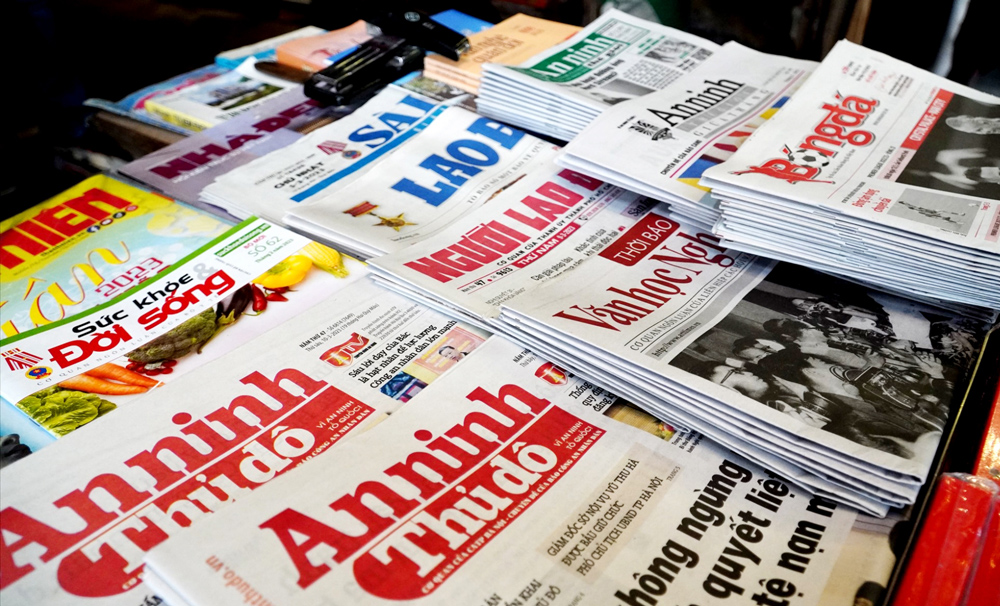 |
| Illustration photo. |
Face many challenges
In recent years, press agencies in Vietnam have faced many huge challenges for print newspapers. Many daily newspapers have been "pushed back" to weekly, and weekly newspapers have been "pushed back" to monthly. Most local and industry newspapers only publish enough copies to cover the budgetary allocation.
Many "names" in the press market at one time such as: Tuoi Tre, Thanh Nien, Phap Luat Thanh Pho Ho Chi Minh , Lao Dong, Tien Phong... are also being pushed into a stalemate.
On the international press level, this is completely clear. Major newspapers such as: New York Times, Washington Post, Lemonde, El Pais... have all had to cut down the number of printed newspapers. Most of these newspapers have completed charging for electronic versions at a price of about 0.25 USD/week and 20 USD/year.
In fact, multimedia and the strong development of social networks are having a big impact on print media. People's reading, listening and viewing habits are also changing with the appearance of mobile devices such as smartphones, iPads, etc.
A series of famous newspapers around the world have announced “Going digital!”, meaning they will stop publishing print newspapers and switch to online newspapers, including Newsweek, the second largest weekly newspaper in the US (after Time).
In addition, the COVID-19 pandemic has dealt a heavy blow to print media. In Vietnam, during the pandemic outbreak, many newspapers and magazines have had to temporarily suspend printing, and many are still struggling with the story of republishing or reducing the frequency.
Currently, financially independent newspapers are under pressure to increase their revenue. Newspaper prices are not increasing, and it is difficult to increase, printing less can lead to losses, and advertising revenue is extremely difficult. The number of printed newspapers has decreased by 25-50%, advertising revenue has decreased by more than 60%...
 |
| Workers at Thai Nguyen Newspaper Printing House check printed newspaper products. |
Changing to meet reader needs
Faced with the difficulties and challenges that have been and are being posed, along with the world press, changing to meet the needs of readers is an inevitable and vital requirement for press agencies in our country.
In recent times, many press agencies have transformed their editorial model from traditional (purely printed newspapers or printed newspapers with electronic versions) to a converged editorial model and gradually changed the way of doing journalism to become more modern. Newspaper editorial offices have also reorganized their apparatus and working processes.
As we know, the press is to serve the readers, the benefits that the newspaper brings to the readers are the factors that keep the readers. The advantage of online newspapers is that they are quick and convenient to read, but when it comes to big issues, thematic series of articles that need to be read seriously, flipped back and forth to understand the information angles, the analysis, comments and synthesis, and the stringing together of complex content into a separate opinion for the readers, then printed newspapers are still an attractive choice.
One of the “hot” points of print journalism today is data journalism. In essence, data journalism is the synthesis of a large amount of data in a scientific, new way, giving readers the freedom to grasp the issue in their own way. Visualizing data and arranging them together helps to convey information to readers better, more easily understood, and at the same time creates multi-dimensional connections between those data.
With the usual way of reading news, readers will have difficulty gathering a wide, diverse, and complex amount of information, then filtering and transforming it to achieve a clearer, more "multi-dimensional" understanding of a specific content.
In a world of huge, even chaotic information, it is difficult for them to do that on their own. Journalists with information sources, analytical tools, and a comprehensive vision will help readers see many different aspects in the shortest amount of time.
Supporting every idea of the journalist, the data expert is the graphic specialist. Graphic specialists serving in newspapers are proficient in graphic skills, at the same time have extremely sharp technical and scientific thinking. They are the ones who enhance the value and attractiveness of information through images in the printed newspaper.
Along with that, many readers believe that printed newspapers need to change from form to content, for example, instead of using A2 size, they should use A3 size, larger font size; content needs to be more sophisticated, prioritizing information with images and graphics.
In addition to articles on current issues, printed newspapers need to add more information about life skills, commentaries, or reports and character stories about people who are quietly making life more beautiful, thereby evoking humanity and kindness...
Many experts believe that print newspapers will continue to decline, and many newspapers will only have electronic versions. However, if there is a shift, innovation in the right direction, efficiency, and rapid development of data journalism and solution journalism, print newspapers will still maintain a significant market share.
Source: https://baothainguyen.vn/xa-hoi/202506/bao-in-thay-doi-trong-ky-nguyen-40-30b03c0/





![[Photo] General Secretary To Lam attends the 80th anniversary of Vietnam's diplomacy](https://vphoto.vietnam.vn/thumb/1200x675/vietnam/resource/IMAGE/2025/8/25/3dc715efdbf74937b6fe8072bac5cb30)
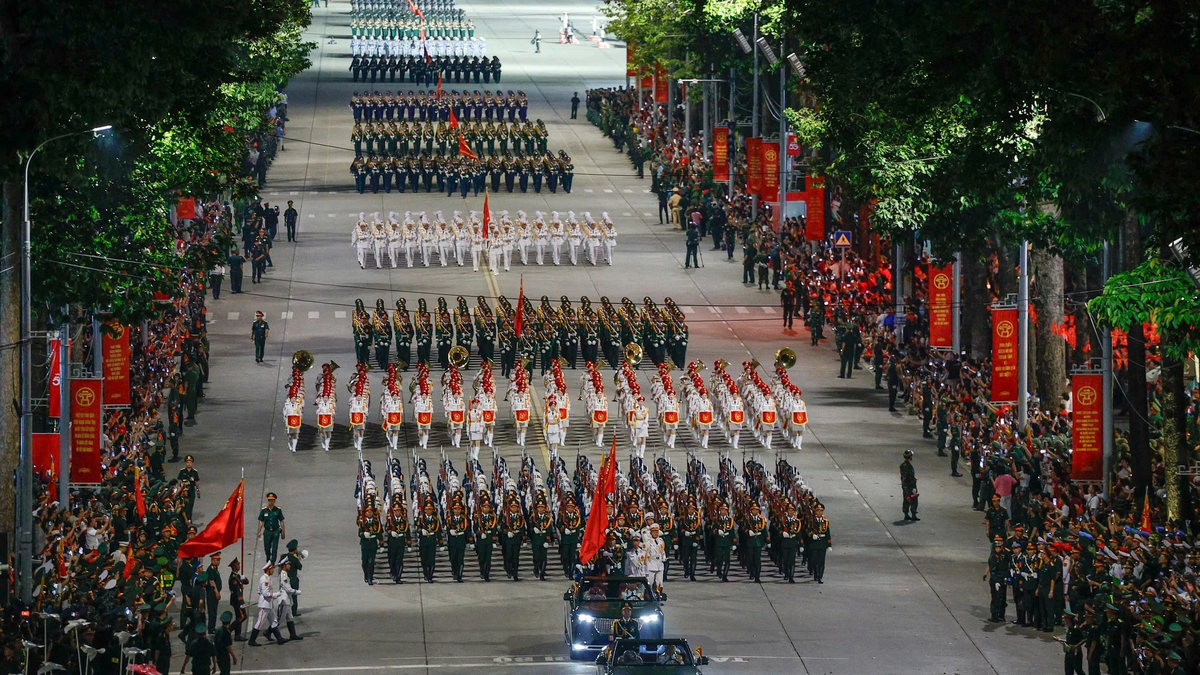






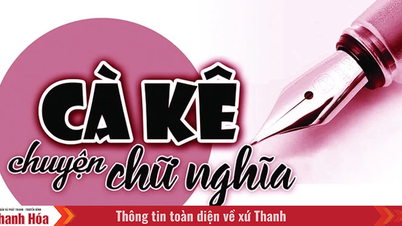







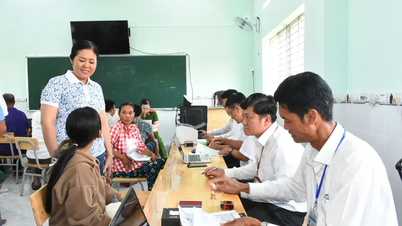



























































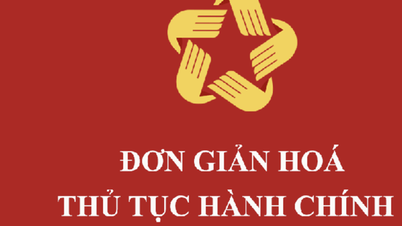





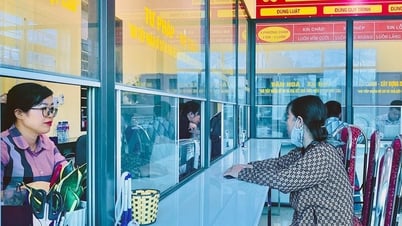



















Comment (0)